What to Put In Your Own Emergency Food Kits

If you’re wondering what to put in your own emergency food kits, here are excellent emergency food items to have on hand to make sure your family has what they need.
Whether you’re planning for a rainy day, a big snowstorm, a hurricane or something else more serious, you may have thought about collecting and keeping emergency food supplies on hand.
The pandemic has made many of us painfully aware of how fragile the supply chain is, and the last couple of years, shortages on many items have taken place. Keeping a small supply on hand of the things your family uses regularly can be smart and prudent thing to do if you’re concerned about finding the things your family needs or want to be prepared for an emergency.
Having supplies on hand is known as a stockpile and this is a supply of food and other items that you can rely on to help your family on any occasion. (See our reasons to have a stockpile.) In addition to serving as a back up supply, a stockpile can also help you save money if you stock up when items are free or very cheap. That way you don’t have to pay full price for the items your family loves and it also saves unnecessary trips to the store for single items.
Even before the pandemic, our family has relied on a stockpile to save money and time. It’s also helped us survive many tough financial times when money was tight. If you’re thinking about stocking up for your own family, here are some of the things that you might need.
The most important thing for you to think about when it comes to your emergency food supply is going with foods that have a long shelf life. Would you like to know what those items are? Check out these 20 emergency food items that you should always have on hand.
- Canned Fruits & Vegetables – While fresh is best when it comes to fruits and veggies, canned fruits and vegetables are a close second. They have a long shelf life, are easy to use in recipes and are an affordable side dish to nearly every meal. Be sure to keep an eye on expiration dates and rotate your cans to make sure you use those expiring the soonest first. If your cans aren’t all pull tops, make sure that you have a handheld can opener or two on hand as well.
- Canned Meats – In addition to canned produce, canned meats can be a lifesaver to have on hand as well. These items such as canned ham, tuna, salmon and more store well and can be a great source of protein.
- Dry or Canned Beans – Beans contain carbohydrates and protein while providing you with the feeling that you’re full. Canned beans typically have a long shelf life and dry beans will last you even longer. Just make sure to store them in an airtight food storage container.
- Pasta – Pasta is extremely cheap and can last a long time in your kitchen pantry. Stock up on all different types of dry pasta so that your family doesn’t grow tired of having spaghetti so often. Don’t forget to pick up some pasta sauces and mix these up with canned veggies for easy and tasty meals.
- Rice- Just like pasta, rice is a cheap food item that’s a versatile dish that will go a long way. Just remember that if you’re going with brown rice because it’s healthier, you only get about 6 months of shelf life with it.
- Canned Soups – Need a warm hearty meal to keep your family going following a disaster? Canned soups are a great option and come in all sorts of wonderful flavors.
- Breakfast Cereal – Breakfast cereal provides your children with fortified vitamins and minerals that they may not get elsewhere, so don’t feel bad about gathering a few of their favorite cereals that you can fall back on during an emergency.
- Oatmeal – Make sure you have a container of oatmeal stashed away when your family is wanting something warm to eat for breakfast. You can go with oatmeal that comes in individual packages but keep in mind that they don’t store as long.
- Dry Milk – Packaged milk that doesn’t have to be refrigerated until it’s been opened can last for a very long time. It may not taste like what you’re used to, but it’s better than going without. Shelf stable milk (that isn’t powdered) can be helpful to have on hand as well.
- Shelf-stable Juice – Besides having just water available, your kids will thank you for having juice to drink to switch things up.
- Gatorade/Powerade – Sports drinks not only help to keep you hydrated, but they also contain electrolytes that your body may be needing, especially in the case of sickness.
- Peanut Butter – Peanut butter is a great source of protein and can be a great snack with bread, crackers and more.
- Nuts – Don’t be afraid to stock up on all kinds of nuts to give you a variety that you can enjoy. Portable and easy snacks, they contain protein that you and your family need.
- Baking Supplies – Want to be able to make some of the items you need on your own? Don’t forget baking supplies lie flour, sugar, yeast, baking powder and more. Be sure to store them in air tight containers to give them the longest lifespan possible.
- Dried Fruits – Need a sweet-tasting snack that’s healthy for you? Dried fruits may be higher in sugar, however they still have lots of nutrition and are great to take on the go.
- Protein or Energy Bars – Although your family may not eat protein and energy bars on a regular basis, they’re good to have following an emergency. It’s a quick and easy on-the-go snack that can give an extra boost to your day.
- Jerky – Eating jerky will provide your family with a great source of protein, which means that they’ll have more energy for when they need it. Jerky also stores for a very long time and can be enjoyed years later if the package is still sealed up.
- Baby Food/Formula – For those of you with a baby in the family, an important part of you emergency food kits are supplies for this little family member. Make sure that you stock up on some of their favorite baby food so they have plenty to eat if you’re unable to head to the grocery store. For infants, you will want to have an extra can or two of baby formula stocked away, in addition to other items they might need like extra diapers.
- Comfort Food – When your family is under a lot of stress following an emergency, it will be nice to have some of their favorite snacks and comfort foods to help put their minds at ease. Besides, you’ll probably grow tired of eating foods out of a box or can.
- Water – Drinking water is the most essential item to have with you following an emergency. That’s because a person can only survive without water for a much shorter period than what they can by going without food. The average adult uses about a gallon of water a day, not only for drinking purposes but also for sanitary reasons. It’s recommended that you store at least a three-day minimum supply of drinking water for everyone in your home, so if you have 4 people in your family, you will need to have at least 12 gallons of water stocked up.
- Pet Food & Supplies – When planning emergency food kits, don’t forget your four legged family members! If you have pets, planning for them is important as well! It doesn’t hurt to have at least a month of food on hand for every pet, as well as kitty litter and other supplies. We purchase pet food in bulk to get the best price and store it in air tight pet food containers to keep it fresh.
Looking for more complete meals to keep on hand instead of individual items? Having heat and serve meals ready to eat (also known as MRE’s) can be helpful in providing much needed nutrition.
Want to make sure you have a way to cook your food if the power is out? A small camp stove can come in handy, as well as pots and pans that fit it. Having extra fuel on hand for the stove can be helpful as well in case the outage goes on for several days.
What other items should you have on hand for an emergency? Paper products can come in handy including toilet paper and paper towels, cleaning supplies and first aid items are essential as well. In addition to over the counter pain relievers, bandages, a thermometer and cleansing wipes for woulds, you may also want to have at least a few days worth of prescriptions for each member of the family. Face masks and hand sanitizers are great items to keep on hand as well, not to mention toiletries such as feminine supplies, shampoo and soap.
Other hand emergency items include lanterns, battery or solar powered phone chargers and batteries.
Do you have must-have emergency items that aren’t on this list? Leave a comment below!
Disclosure: This emergency food kits post may contain referral or affiliate links that help support this site at no cost to you. As an Amazon Associate, I earn from qualifying purchases. Shop recommended items in our Amazon store at www.amazon.com/shop/2kidsandacoupon. All opinions and love of saving money are completely and totally our own.

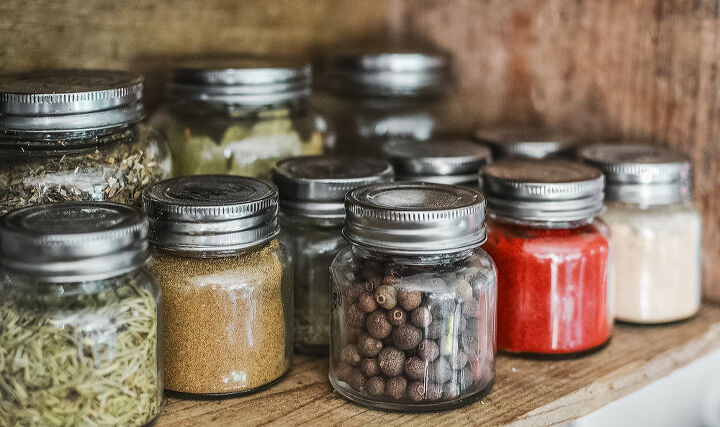









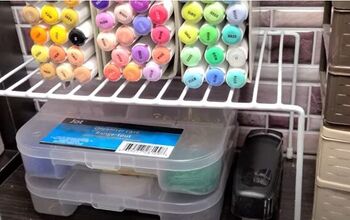

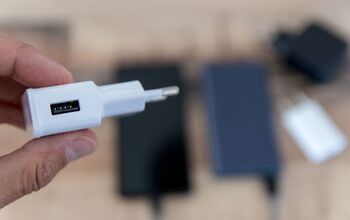

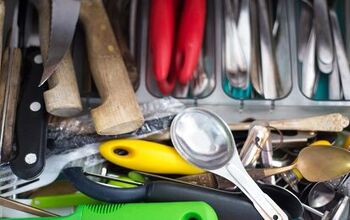
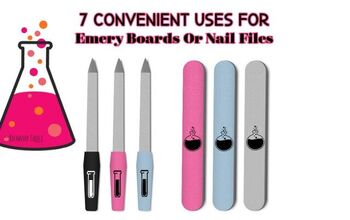

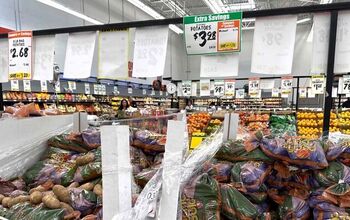


Comments
Join the conversation
If we are going on survival mode, do not forget the manual can opener, important documents, spare keys, the old fashion (on paper) personal phone book in the event you do not remember someone number and address, YOUR MEDICATIONS. I always keep 2 blankets in the car and our gas tank at least half full.
Salt. We can’t survive long without salt.